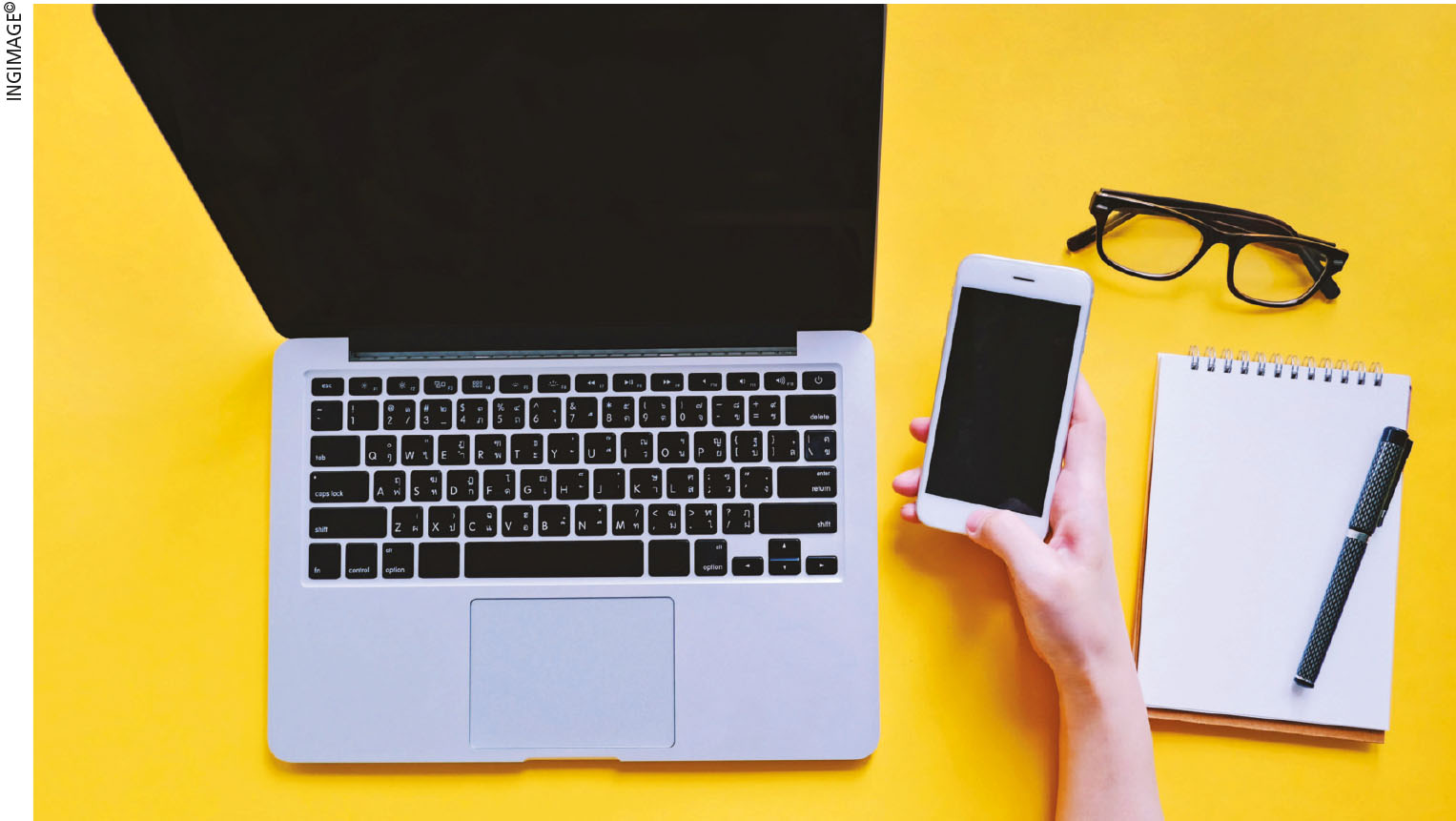WORKING FROM HOME
NAVIGATING A NEW ABNORMAL
Sandesh Bartlett explores the viability of working from home post-COVID-19
In 1964, Sir Arthur C. Clarke addressed developments that he believed would comprise the ‘day after tomorrow’ – a future where communications technology would render any executive, administrative and physical skill ‘independent of distance.’
If any modern observers had imagined this to be an appealing utopia reserved for the coming decades, the grim reality of COVID-19 has proven otherwise.
The pandemic has thrust the workforce into a world where work is independent of distance sans the utopia of Sir Arthur’s prediction. And the changes of this ‘new normal’ have received a mixed reception; while some have welcomed the changes, others have offered it a frosty response, begging the question: how beneficial is the new normal of working from home (WFH)?
Stanford University economist Nicholas Bloom argues that the global WFH movement could generate a worldwide productivity slump.
Despite initially co-authoring a 2015 paper quantifying the benefits of working by testing employees from Chinese travel company Ctrip, Bloom notes that for many, the detriments of working in closed confines with children and other family members has reduced WFH to a productivity nightmare.
Moreover, while many have praised online platforms that permit telecommuting such as Zoom, an article in The Economist notes that subtle transmission delays in online call and video conferences disrupt worker cohesion; psychologically, a number of workers rate colleagues as less trustworthy or convincing over phone communications.
This supports Bloom’s argument regarding productivity; ultimately, some workers prefer offices because communication, trust and ideation are easier during physical exchanges.
This does not necessarily discredit Clarke’s ‘day after tomorrow.’ As some companies navigating the crisis (notably Twitter) have found, WFH can be beneficial to productivity.
In fact, Bloom’s 2015 research paper found that employees were 13.5 percent more productive while working at home than in office due to the absence of commutes, reduced break times and sick days, and the benefits of a more comfortable work environment.
A recent survey by California based Glassdoor found that three in five employees in the US were confident to WFH with 50 percent of participants saying they were as productive or more while working from home.
The potential benefits of WFH include a reduction in expenses for both employers and employees. A 2015 South African paper compiled by Ajay K. Garg and Jan van der Rijst found that a company saved considerably each month on rental, electricity, levies, rates and water expenses while employees saved on commutes.
Coincidentally, in Bloom’s study, Ctrip was estimated to save US$ 1,900 an employee for nine months.
However, the major outlier between these findings and the present reality is that the research papers were conducted in a pre-COVID-19 environment where employees benefitting from WFH were free to leave their homes. The jolt caused by COVID-19 on workforces that were unprepared for the pandemic has had an effect the research papers were unable to predict.
A separate survey by business communications platform Slack reports mixed results from 2,877 participants. While its findings confirm a largely positive reception among employees regarding WFH, the scope of the survey highlights the initial decline in productivity and communication across the line for employees in their sudden transition to working from home.
Slack found that of working people who are new to WFH, 23 percent were not satisfied with the new arrangement, 31 percent weren’t content with their productivity and 45 percent missed the sense of belonging they feel in office. Furthermore, workers engaged in accounting, customer support, education and operations were among those who conveyed that the nature of their work rendered WFH an impractical option.
Additionally, the Glassdoor survey found that WFH confidence differed according to age: while 68 percent of young workers between 18 and 34 are confident in their ability to work remotely, only 44 percent of people between 55 and 64 share the same view.
Interestingly, Bloom discovered that when Ctrip participants were provided the option of continuing WFH after nine months, half the employees wanted to return to the workplace, and brave their 40 minute commutes and bear the cost of doing so.
The findings suggest that for some, the opportunity for social interaction is fair trade for the potential drawbacks of WFH. It cannot be overlooked that for many employees isolated by COVID-19, complications regarding mental health have been more dangerous than the virus itself.
Ultimately, while the facts do not deny the positives of Clarke’s ‘day after tomorrow,’ the world’s first trial run with WFH has been both necessitated by COVID-19 and limited by it as well. So the true benefits of WFH may only yield complete results when it is no longer mandated by a stay-at-home order.







Leave a comment